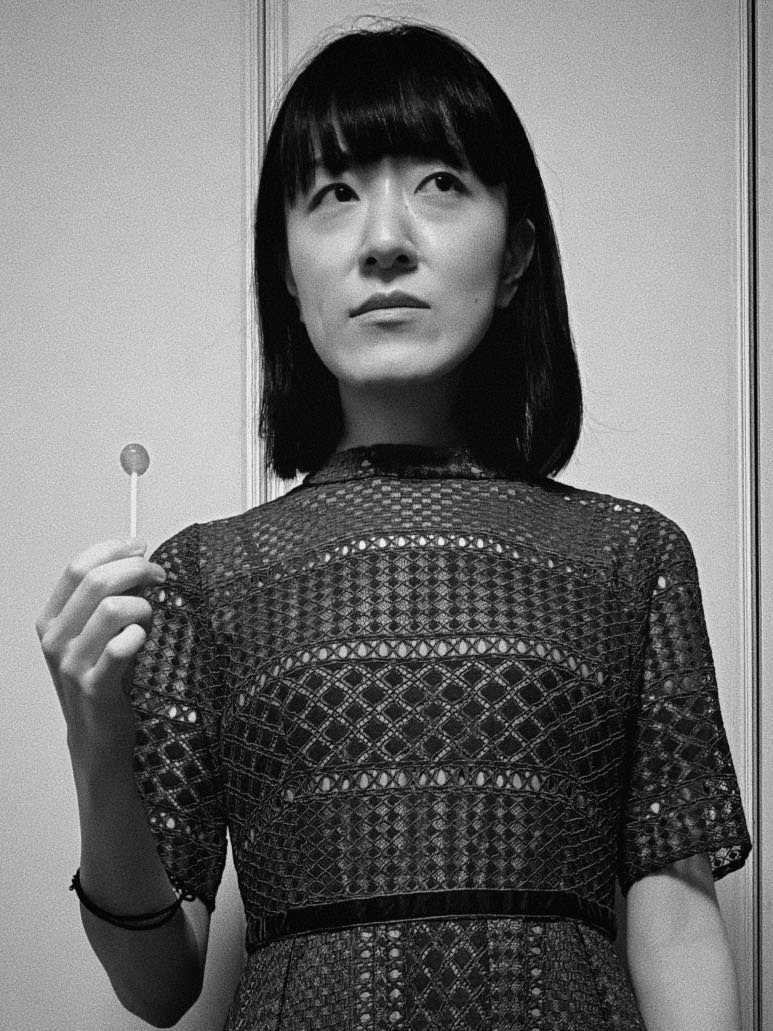This collection of articles is an ongoing critical examination of design from a multidisciplinary, functionalist perspective.
本記事集は、学際的かつ機能主義的観点からデザインに関する継続的な批判的検証を行うものである。
Statement
Design has objective standards rooted in human needs and material constraints. Vitruvius in the first century BCE established firmitas, utilitas, venustas as measurable criteria of strength, function, and beauty that any building must satisfy to serve its users. Historical authority demonstrates design's proper role as problem-solving discipline. Roman engineering, the Chicago School of the 1890s, and the Bauhaus in the 1920s applied systematic methodology to real challenges, creating solutions that worked across cultures and generations. These approaches succeeded because they measured success by user outcomes.
Postmodernists and deconstructivists created a false choice between function and cultural meaning. Peter Eisenman's declaration "I don't do function" in the 1980s rejects responsibility to users in favor of academic theory. These movements alienate users to serve designer interests. Theoretical sophistication masks practical failures while advancing careers while buildings become puzzles for critics rather than tools for human life. Contemporary movements claim to help marginalized communities while creating designs that work poorly for the people they claim to serve, advancing designer reputations while user needs remain unmet.
Correct design emerges from the rigorous standards established by Vitruvius through the Bauhaus. The designer's moral commitment supports this rigor but cannot replace systematic methodology that measures success by real outcomes rather than theoretical compliance. Alejandro Aravena demonstrates this principle through Chilean housing that succeeds by analyzing earthquake zones, economic constraints, and family growth patterns. Design must return to measuring success by user outcomes rather than theoretical compliance. The path forward: rigorous problem-solving within specific contexts creates lasting human progress.
デザインには人間の需要と物質的制約から生まれる客観的基準がある。紀元前1世紀のウィトルウィウスが firmitas、utilitas、venustas(強度、機能、美)を測定可能な基準として確立した。これらは建物がユーザーに奉仕するために満たすべき条件だ。歴史的権威がデザインの本来の役割を問題解決の学問として示している。ローマ工学、1890年代のシカゴ学派、1920年代のバウハウスは実際の課題に体系的手法を適用し、文化と世代を超えて機能する解決策を創出した。これらの取り組みは成功をユーザーの結果で測ったから成功したのだ。
ポストモダニズムと脱構築主義者は機能と文化的意味の間に偽の選択を作った。1980年代のピーター・アイゼンマンの「私は機能をしない」という宣言は、学術理論を支持してユーザーへの責任を拒否している。これらの運動はデザイナーの利益に奉仕するためユーザーを疎外する。理論的洗練は実用的失敗を隠しながらキャリアを前進させる。建物は人間の生活のツールではなく批評家のパズルになってしまった。現代の運動は疎外されたコミュニティを支援すると主張しながら、彼らが奉仕すると主張する人々にとって機能しないデザインを作り、ユーザーのニーズが満たされないままデザイナーの評判を高めている。
正しいデザインはウィトルウィウスからバウハウスまで確立された厳密な基準から生まれる。デザイナーの道徳的コミットメントはこの厳密さを支えるが、理論的適合性ではなく実際の結果で成功を測る体系的方法論を置き換えることはできない。アレハンドロ・アラベナは地震帯、経済的制約、家族の成長パターンを分析することで成功するチリの住宅を通じてこの原則を示している。デザインは理論的適合性ではなくユーザーの結果で成功を測ることに戻らなければならない。進むべき道は、特定の文脈内での厳密な問題解決が持続的な人間の進歩を創出することだ。
Contributors
Mari Minowa

Mari is a Theater Administrator attending Teachers College at Columbia.
麻里はコロンビア大学ティーチャーズ・カレッジに通う劇場運営者です。
Jackson

Jackson is the product designer at Attach Part.
ジャクソンはAttach Partのプロダクトデザイナーです。
Colophon
Verb Noun is set in Noto Serif JP, a serif typeface designed by Google to support harmonious reading across languages. The site is statically bilingual for accessibility and uses a mobile-first design approach. Built with Jekyll and hosted on GitHub Pages.
Verb NounはGoogleによって多言語間での調和的読書体験を支援するために設計されたセリフ書体Noto Serif JPで組まれています。サイトはアクセシビリティのために静的二言語対応とし、モバイルファースト設計を採用しています。JekyllとGitHub Pagesで構築されています。